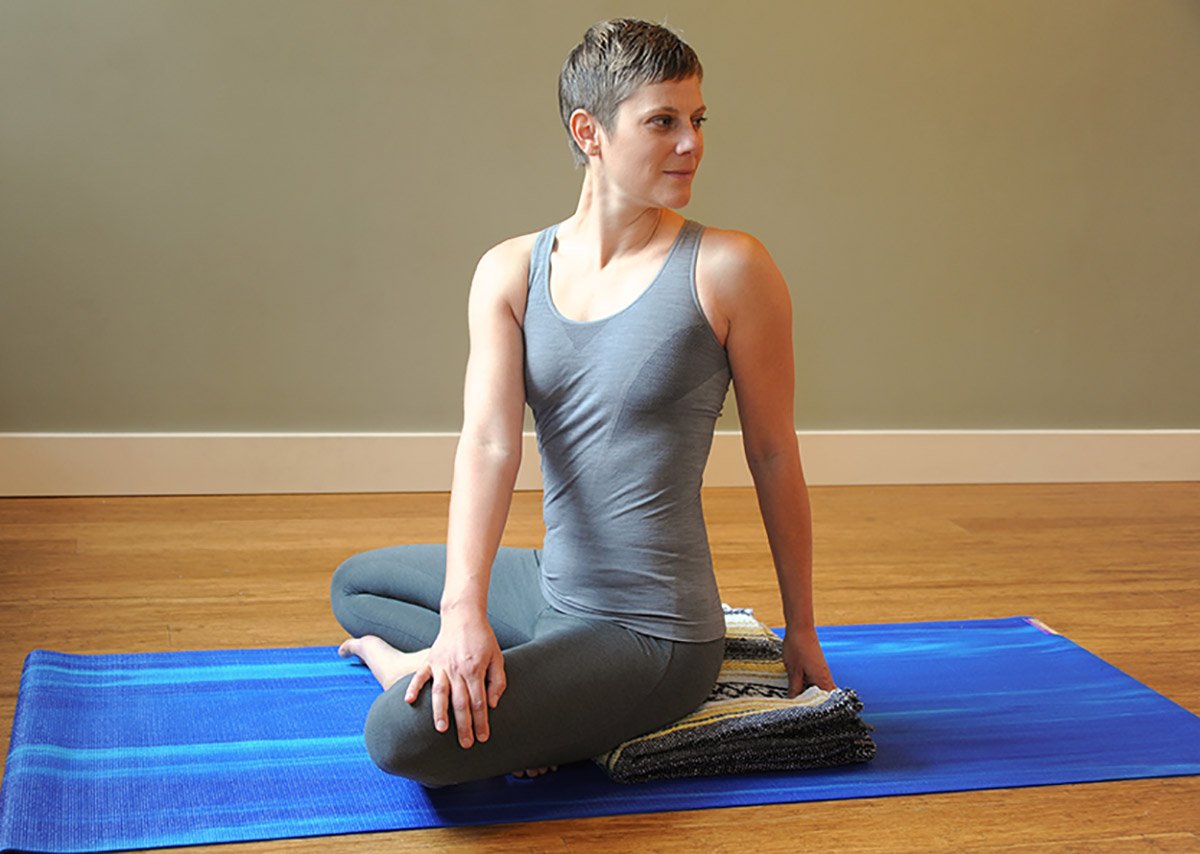This entry was published on August 21, 2025 by Charlotte Bell.

There are a lot of debates in the world of blogs / social media on what yoga is and is not. Popular yoga is often considered an accelerated version of the Yoga asanas (postures). Although smaller, but just as vocal, camp See Yoga as a whole which includes the meditation and practice of daily life. As a yoga practitioner for almost 40 years, I fall into the second group. If I had to choose an aspect as the most fundamental foundation of yoga, I would choose ahima.
Ahimsa is the first of YamasWho includes the first of the eight yoga members, according to the Sutras yoga. Yamas are moral / ethical guidelines to consciously live. Ahimsa is generally defined as non-harming. It’s a good start, but it’s more than that. The scientist Sutra Alistair Shearer calls him “dynamic tranquility”.
I love this definition. Instead of simply avoiding damage, the sentence suggests an active participation in living a peaceful life. For me, this also involves a cultivated state of inner peace. We can act from this inner state of peace in our practice of yoga and in our lives.
Ahimsa on the yoga carpet
We can practice Ahimsa on or out of the carpet. Here are some ways to explore Ahimsa on the carpet:
- Check your judgments: We all come to the practice of yoga with certain genetic and usual physical qualities. Some of the qualities are conducive to certain poses. Some may hinder our ability to practice certain poses. We are all different. Compared to others in the class can withdraw the joy and spontaneity of your yoga. Notice the moments when you judge yourself in relation to others – as opposed or negatively. (So be sure not to judge yourself to judge!) Note what it is. Instead, connect to your internal experience in installation. What can you learn?
- Check your breathing: In the end, our yoga practice should reconstruct our energies. But quite often, push and strive on the carpet can exhaust our energies. The most reliable way I found to monitor my efforts is to check with my breathing. If I train on my intelligent edge, my breathing will be relaxed and deep. If I push the limits of my body, my breathing will feel superficial and restricted. Breathing deep in yoga postures is what allows us to feel this incomparable calm energy after finishing Savasana (possibility of relaxation). If your breathing is limited, go back and do less.
- Check your stretch: Yoga is the most effective when we follow a “less so” strategy. Western culture likes intensity and mentality “no pain, no gain”. This is not what is the practice of Asana. Pain is a signal that we can cause damage. Aim a soft to moderate stretch, which gives you room to explore.
Cultivate dynamic peace
Ahimsa out of the carpet is a huge practice. You could spend the rest of your life focus on this only Yama. In my book, Mindful Yoga, Mindful Life, I go a lot in more detail on some of the ways to practice Ahima, but here are some ideas:
- Think before acting: The delicate thing about Ahimsa is that non-fat action can differ depending on the situation. Let go of the evaluation of actions as “good” or “bad”. Instead, while you plan to take an action, think if you believe your action has the potential to harm or make happiness. Also think about your intentions. Do you plan to take measures of anger, greed, jealousy or another unhealthy mental state? Or do you take compassion, kindness, generosity or other skillful state? Conscious speech is a huge area of exploration. Here are some ideas to refine your speech.
- Cultivate dynamic peace: When our actions are aligned with our integrity and our choices are skillful, we naturally feel more peaceful. Thus, practicing the above suggestion can greatly contribute to cultivating dynamic peace. But we can also do it in our meditation and yoga practice. You can practice “Ahimsa on the yoga carpet” above. You can also take the time to practice mindfulness and kindness meditations. In the end, we want the state of dynamic peace to be where we come from, so that Himsa naturally guides our actions.
- Consider your choices: We can express Ahimsa in our lifestyle choices. For example, we can choose to buy user -friendly products with the land. Or we can choose whether or not to eat animals. It is wrong, often heavy in judgment. For some of us, the choice is easy because going to meat is good. For others whose body thrives on animal products, the choice focused on AHIMSA could be to consume meat. To start, choose an area that fascinates you – live small, get involved in charitable causes, be available for friends in difficulty or family members. There are many ways to cultivate dynamic peace in your life. What do you feel passionate about?
Please let us know how you cultivate Ahimsa, on and out of the carpet.
About Charlotte Bell
Charlotte Bell discovered yoga in 1982 and started teaching in 1986. Charlotte is the author of Mindful Yoga, Mindful Life: A Guide for Everyding Practice and Yoga for Meditators, both published by Rodmell Press. His third book is entitled Hip-Healthy Asana: The Yoga Pratitioner’s Guide to Protect of the Hips and Avoid Si Joint Pain (Shambhala Publications). She writes a monthly chronicle for Catalyst Magazine and is online Yoga U publisher. Charlotte is a founding member of the board of directors of Greentree Yoga, a non -profit organization that brings yoga to poorly served populations. Musician for life, Charlotte plays an oboe and an English horn in the Salt Lake Symphony and the Sextuant Folk Red rock Rondo, whose DVD won two Emmy Awards.

**mindvault**
mindvault is a premium cognitive support formula created for adults 45+. It’s thoughtfully designed to help maintain clear thinking